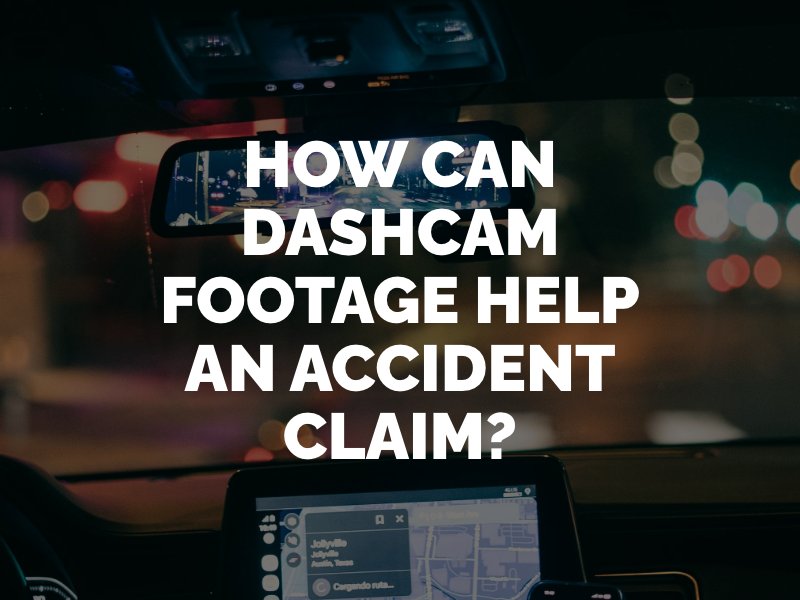How Can Dashcam Footage Impact a Car Accident Claim?
A dashcam, or dashboard camera, is a device that records video (and sometimes audio) from the dashboard or windshield of a motor vehicle. If a dashcam records footage of an automobile accident, this video can be used as evidence in a California car accident case. It is important to understand the role that dashcam footage may play in your claim by consulting with an experienced Los Angeles car accident lawyer.

California Dashcam Laws
Dashboard cameras are legal in California as long as they do not impede a driver’s vision and do not unlawfully record audio inside the cab without a passenger’s knowledge. For road visibility reasons, dashcams must be no greater than five square inches in size if they are installed in the driver’s side bottom corner of a windshield or the top center portion. If they are installed in the bottom right corner, dashcams must be less than seven square inches.
The location of a dashcam must also not interfere with the operation of the vehicle’s airbags. It cannot be affixed in a place where it could pose a hazard upon airbag deployment. Finally, a dashcam cannot record video or audio of passengers within the cab without their knowledge and consent. A rideshare driver using an interior camera, for example, must have a visible sign in the vehicle informing occupants that they may be recorded.
Can Dashcam Footage Be Used as Evidence in a Car Accident Claim?
Yes, dashcams can provide critical evidence during car accident claims. Video footage of the collision itself or events leading up to the crash can provide indisputable proof that one driver is at fault. For example, the dashcam recording may have caught footage of one driver running a red light and causing an accident. Clear dashcam footage can establish fault and eliminate he-said, she-said disputes between drivers.
Depending on the type of dashboard camera used, it may have also recorded information about the owner’s vehicle. This can include the car’s speed, steering and braking maneuvers used, seat belt usage, conversations inside the vehicle, and evidence of cellphone use or distraction at the time of the collision. This footage could be used against the owner to establish crash liability.
As long as a dashboard camera has been used according to all of California’s laws, relevant footage can be admitted as evidence during a car accident case. If the dashcam’s footage was in any way illegal, however, this could rule the evidence inadmissible. If it is determined that the dashcam impeded the driver’s vision and that this contributed to an accident, this could also place fault with the driver.
How to Use Dashcam Footage in Your Case
If dashboard camera footage is available for your car accident case, it can play an important role in deciding who is at fault and responsible for paying for the crash. A car insurance company or the courts may rely on this video evidence to reconstruct the accident and place blame on one or multiple parties.
Make copies of any dashcam footage recorded of an automobile accident you are involved in. Then, send a copy to your Los Angeles personal injury attorney. An attorney can review the footage, determine if it is relevant to your case and, if applicable, submit it as evidence to support your claim. When filing a claim with an insurance company, share the dashcam footage with your car insurance provider, as well. If police respond to the scene of the crash, let them know that you have dashcam footage of the accident. If the police request a copy for their accident report, comply with this request without delay. Before posting the video on social media or distributing it widely, however, speak to an attorney. An attorney can advise you on whether the dashcam footage can be used for or against you, and how to handle the video evidence either way.
